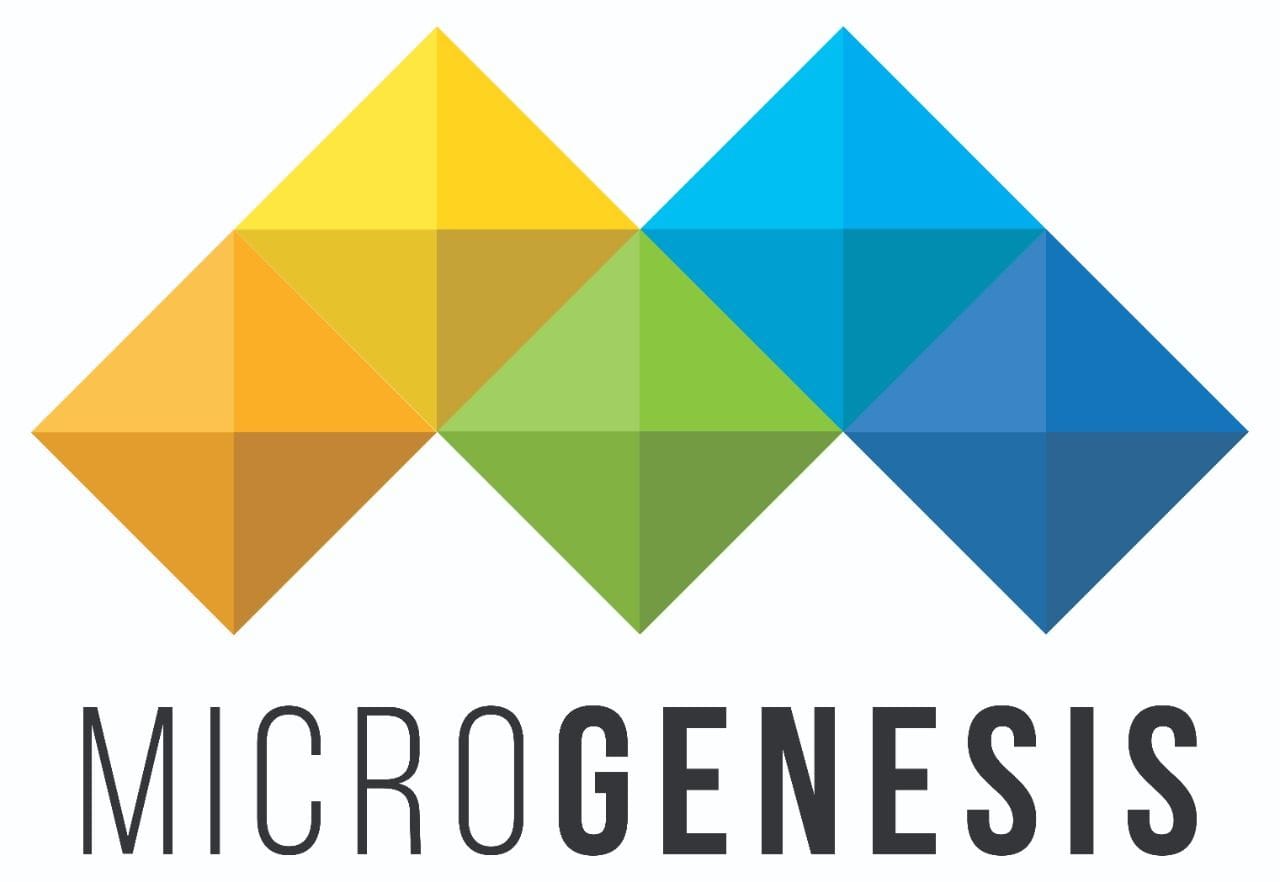In today’s fast-paced digital world, organizations must constantly evolve — deploying new technologies, updating systems, and improving processes to remain competitive. However, every change in an IT environment carries inherent risk. A single misconfiguration or untested update can lead to downtime, security breaches, or data loss — directly affecting business operations and customer trust.
This is where Change Management, a key process under IT Service Management (ITSM), plays a critical role.
Change Management provides a structured, standardized approach to planning, assessing, approving, and implementing IT changes while minimizing disruption. It ensures that innovation happens safely, predictably, and efficiently, balancing agility with control.
In this comprehensive guide, we’ll explore the principles, process, benefits, challenges, and best practices of Change Management in ITSM — and how it enables organizations to transform with confidence.
1. What Is Change Management in ITSM?
1.1 Definition
Change Management in ITSM is the process of managing changes to IT systems, infrastructure, applications, or configurations in a controlled and systematic manner.
Its primary goal is to minimize the risk and impact of changes on services while maintaining alignment with business goals.
Every modification — from software patches and network updates to configuration tweaks — is logged, evaluated, tested, approved, and documented.
1.2 The Purpose of Change Management
The purpose of Change Management is not to restrict change but to enable it safely.
By introducing governance, visibility, and accountability, it ensures that changes deliver business value without compromising stability or compliance.
In essence, Change Management acts as the safety net of digital transformation — ensuring every innovation is backed by control and risk mitigation.
2. Types of Changes in ITSM
Not all changes carry the same level of risk or complexity. ITIL (the most recognized ITSM framework) categorizes changes into three primary types:
2.1 Standard Changes
Pre-approved, low-risk, and frequently occurring changes.
Examples: Password resets, software updates, routine patches.
These are documented with predefined workflows and minimal oversight, ensuring quick execution.
2.2 Normal Changes
Changes that require evaluation and approval before implementation.
Examples: Upgrading a database, adding a new server, or modifying production configurations.
Normal changes follow a full Change Management process — including assessment, testing, and formal authorization by a Change Advisory Board (CAB).
2.3 Emergency Changes
High-priority changes implemented to address urgent issues such as security vulnerabilities or system outages.
Examples: Patching a critical exploit or restarting a failed production system.
Emergency changes are expedited but still documented post-implementation for traceability and audit purposes.
This tiered classification helps IT teams balance speed and safety, applying rigor where it matters most.
3. The Change Management Process
3.1 Step 1: Change Request Initiation
The process begins when a Change Request (CR) or Request for Change (RFC) is submitted.
The request includes key details such as:
- Description of the change
- Business justification
- Impact assessment
- Resource requirements
- Proposed implementation timeline
Automated ITSM tools (e.g., ServiceNow, BMC Helix, Jira Service Management) streamline RFC submissions and ensure proper categorization.
3.2 Step 2: Change Assessment and Evaluation
Each change is evaluated for potential impact, cost, and risk.
Assessment considers:
- Affected systems or services
- Dependencies (via the Configuration Management Database – CMDB)
- User or customer impact
- Potential downtime
The evaluation ensures that risks are identified early and mitigation strategies are in place.
3.3 Step 3: Change Approval
Once assessed, the change is reviewed by the Change Advisory Board (CAB) or an automated approval workflow.
The CAB typically includes representatives from IT, operations, security, and business units.
The board’s role is to ensure:
- The change aligns with business goals.
- Risks are acceptable.
- Proper testing and rollback plans exist.
High-risk or business-critical changes may also require executive sign-off.
3.4 Step 4: Change Planning and Scheduling
Approved changes are scheduled to minimize disruption.
Scheduling considerations include:
- Business hours and maintenance windows
- Availability of resources
- Dependency on other ongoing projects
Automated scheduling tools help avoid conflicts and maintain a forward schedule of change (FSC) — a record of all planned changes.
3.5 Step 5: Implementation
The change is executed according to the approved plan.
Best practice includes:
- Following documented steps precisely
- Notifying affected users in advance
- Conducting implementation in test/staging environments first
- Monitoring in real time during execution
3.6 Step 6: Review and Closure
After implementation, the change is reviewed to ensure objectives were met.
Key evaluation points:
- Was the change successful?
- Were there unexpected issues?
- Was rollback required?
- Did the change achieve intended business outcomes?
Successful changes are closed formally, while failed ones trigger Problem Management for root cause analysis.
4. Key Roles in Change Management
4.1 Change Requester
Submits and describes the requested change, providing justification and expected outcomes.
4.2 Change Manager
Oversees the entire process, ensuring consistency, governance, and communication across teams.
4.3 Change Advisory Board (CAB)
A group of stakeholders responsible for evaluating and approving changes.
They balance business risk with operational agility.
4.4 Implementation Team
Executes the change according to the approved plan and ensures documentation is complete.
4.5 Service Desk
Communicates scheduled changes to users and handles related support tickets.
By defining clear roles, organizations reduce confusion and ensure accountability throughout the change lifecycle.
5. Benefits of Change Management
5.1 Reduced Risk
Structured evaluation and approval minimize the chances of errors or outages caused by poorly planned changes.
5.2 Improved Service Availability
Changes are implemented during planned windows, preventing unexpected downtime and ensuring business continuity.
5.3 Enhanced Visibility and Accountability
All changes are logged and traceable, improving transparency and audit readiness.
5.4 Faster Response to Business Needs
A well-designed Change Management process balances control with agility, allowing organizations to innovate quickly without compromising stability.
5.5 Better Cross-Functional Collaboration
By involving stakeholders from multiple departments, Change Management fosters communication and shared ownership.
5.6 Compliance and Audit Support
Documented approval trails and post-implementation reviews ensure compliance with standards like ISO/IEC 20000, SOX, and GDPR.
6. Challenges in Implementing Change Management
6.1 Resistance to Process Discipline
Teams often view Change Management as bureaucratic or slow.
Solution: Automate workflows, simplify approvals, and communicate the benefits of process discipline.
6.2 Poor Documentation
Inconsistent or incomplete change records can create gaps in traceability.
Solution: Use ITSM tools that enforce mandatory fields and standardized templates.
6.3 Lack of Automation
Manual processes slow down approval and increase human error.
Solution: Implement automation for low-risk, repetitive changes to speed up deployment.
6.4 Communication Gaps
Uninformed stakeholders can create scheduling conflicts or disruptions.
Solution: Maintain an up-to-date Change Calendar and notify impacted teams proactively.
6.5 Inadequate Testing
Skipping or minimizing testing leads to avoidable incidents post-change.
Solution: Enforce mandatory testing and rollback verification in all implementation plans.
7. Best Practices for Effective Change Management
7.1 Categorize and Prioritize Changes
Use clear classification (standard, normal, emergency) to balance agility with control.
Prioritize based on impact, urgency, and business value.
7.2 Automate Where Possible
Leverage ITSM tools to automate request routing, approval workflows, and post-change reporting. Automation reduces delays, minimizes errors, and lowers human dependency. With the support of expert ITSM consulting, organizations can design optimized workflows, implement best-practice governance, and ensure automation truly enhances efficiency and service quality.
7.3 Maintain an Accurate CMDB
An up-to-date Configuration Management Database helps assess risk by showing interdependencies among systems, applications, and services.
7.4 Establish a Robust CAB
Include both technical experts and business leaders.
Regular CAB meetings ensure decisions align with strategic goals.
7.5 Integrate Change and Incident Management
Link change records to incidents and problems for full traceability.
This integration enhances reporting and root cause analysis.
7.6 Focus on Communication
Keep users informed about upcoming changes, expected downtimes, and benefits.
Transparent communication fosters trust and reduces frustration.
7.7 Review and Learn
After every major change, conduct a Post Implementation Review (PIR).
Document lessons learned to refine future processes and prevent recurring issues.
8. Tools Supporting Change Management
8.1 ServiceNow Change Management
Provides automated workflows, impact analysis, and CAB scheduling.
Integrates with CMDB for risk visualization.
8.2 BMC Helix ITSM
Offers AI-driven insights, risk scoring, and change collision detection.
8.3 Jira Service Management
Ideal for DevOps teams; integrates change management directly into CI/CD pipelines.
8.4 Freshservice
Simplified automation for mid-sized organizations with built-in change templates.
Modern ITSM tools combine automation, analytics, and AI to ensure smarter, faster, and safer change execution.
9. Change Management in DevOps and Agile Environments
As organizations adopt DevOps and Agile, the traditional perception of Change Management as slow or rigid must evolve.
9.1 Change Enablement vs. Change Restriction
Modern ITIL 4 replaces “Change Control” with “Change Enablement.”
The goal is not to block change but to facilitate it responsibly — aligning governance with the speed of DevOps.
9.2 Automation in CI/CD Pipelines
Integration of Change Management with CI/CD tools like Jenkins and GitLab ensures that changes deployed through automated pipelines are logged, approved, and tracked automatically.
9.3 Collaborative Decision-Making
In Agile environments, CABs are often replaced by automated approvals and peer reviews, maintaining both speed and safety.
9.4 Continuous Feedback Loops
Post-deployment monitoring provides real-time insights into change effectiveness, enabling rapid iteration and continuous improvement.
By integrating Change Management into DevOps pipelines, organizations achieve governed agility — innovation with compliance.
Learn More: The Role of ITIL in Modern IT Service Management
10. The Future of Change Management
10.1 AI-Driven Change Intelligence
AI will increasingly automate risk assessment and impact prediction using historical data and dependency mapping.
10.2 Predictive Change Success
Machine learning will forecast the probability of change failure, enabling preemptive action.
10.3 Self-Approving Changes
For repetitive, low-risk actions, AI-based confidence scoring may enable self-approval workflows.
10.4 Experience-Based Change Metrics
Future metrics will go beyond SLA compliance — measuring the user experience impact of changes (XLAs).
10.5 Autonomous Change Automation
In the long term, AIOps and autonomous systems will handle changes end-to-end — from detection and analysis to execution and verification.
Conclusion
Change Management is far more than a process — it’s the foundation of controlled innovation. It empowers organizations to adapt rapidly to technological advances while safeguarding business continuity and customer trust. When integrated with modern ITSM solutions, Change Management ensures every transition is predictable, compliant, and aligned with business goals, enabling organizations to innovate with confidence.
When executed effectively within ITSM, Change Management transforms chaos into coordination, turning risk into reliability. By embracing automation, analytics, and collaboration, modern enterprises can evolve confidently in an ever-changing digital landscape. With the guidance of an experienced digital transformation consultant and the expertise of MicroGenesis Sweden AB, organizations can streamline change processes, strengthen governance, and ensure every transition delivers measurable business value.
The future of Change Management lies in intelligence and integration — where every change is data-driven, automated, and seamlessly aligned with business outcomes.

